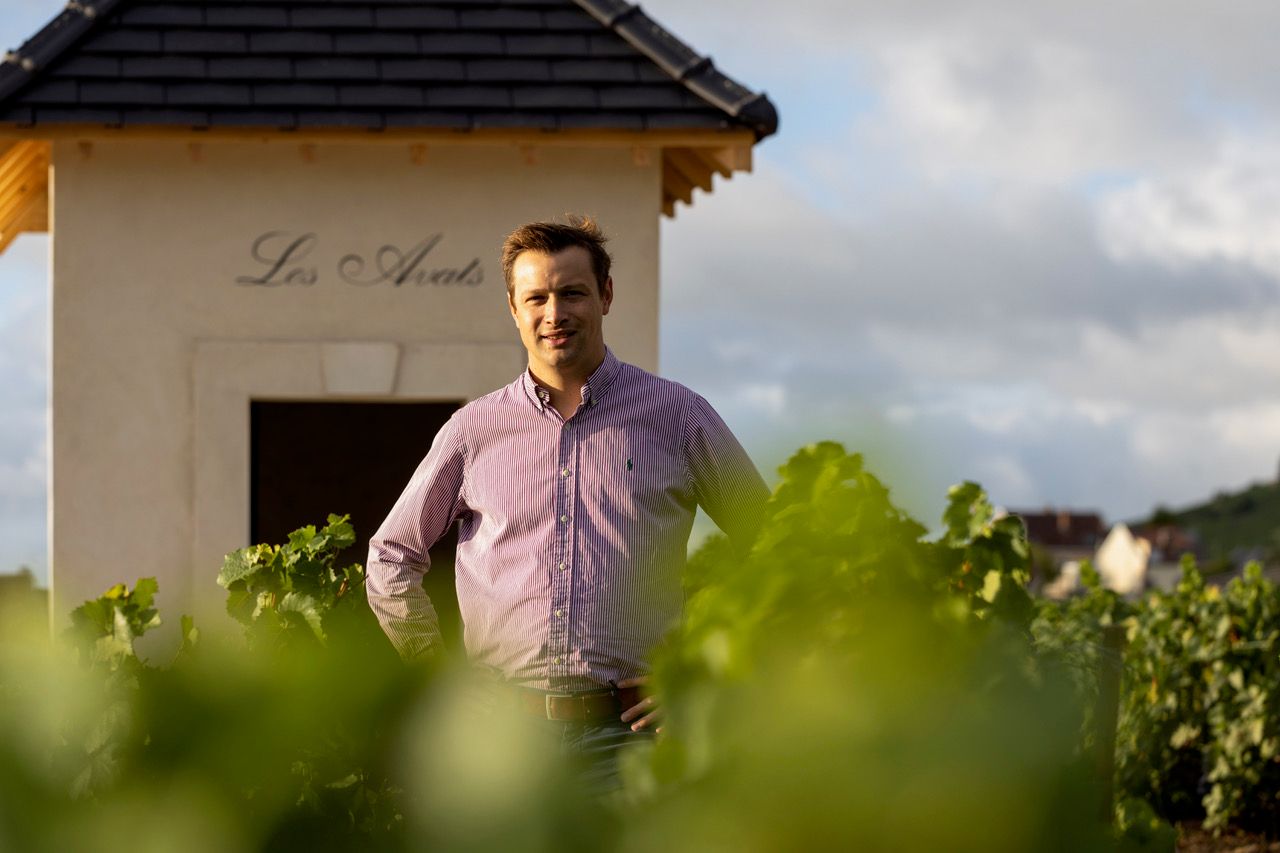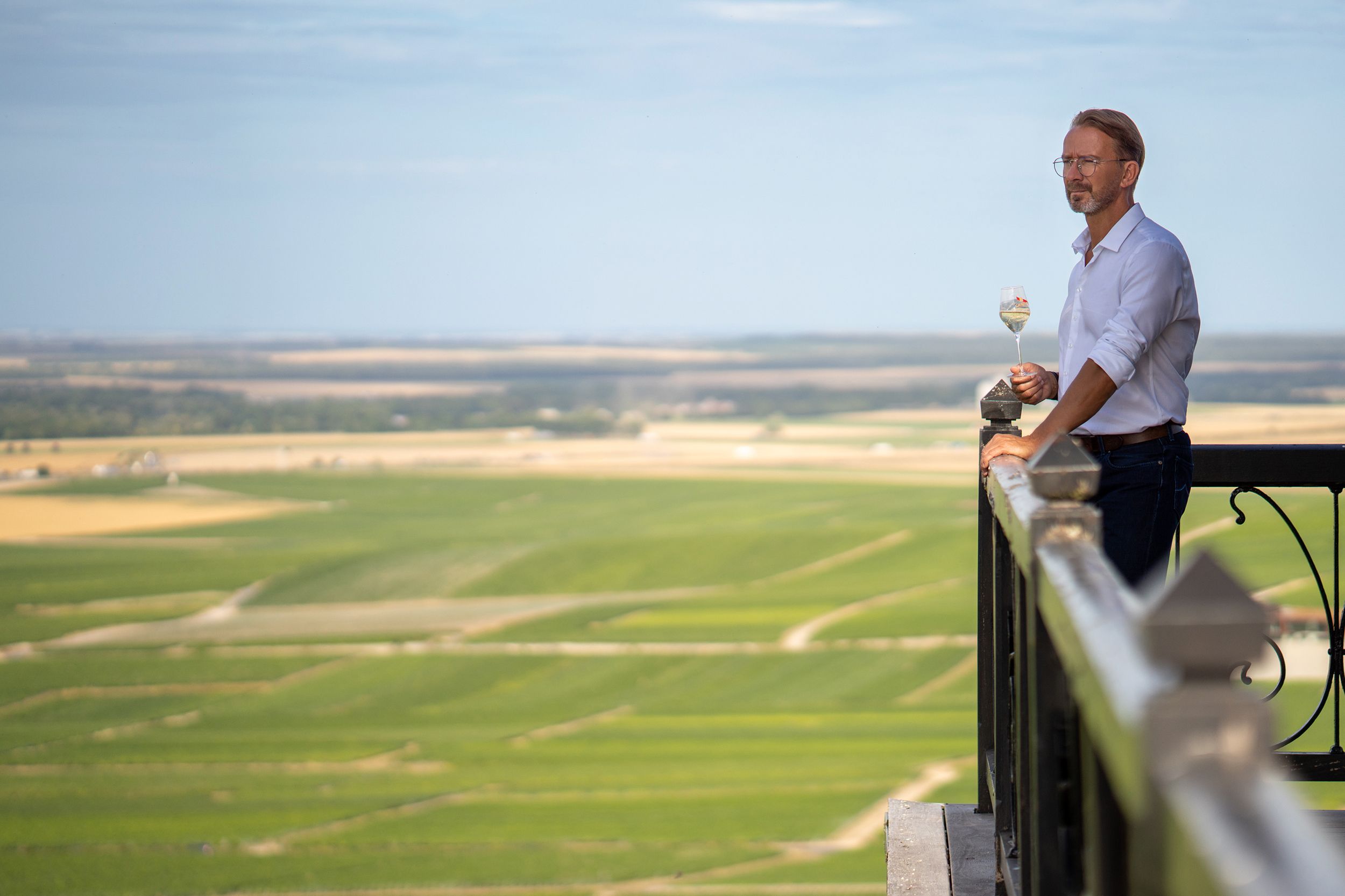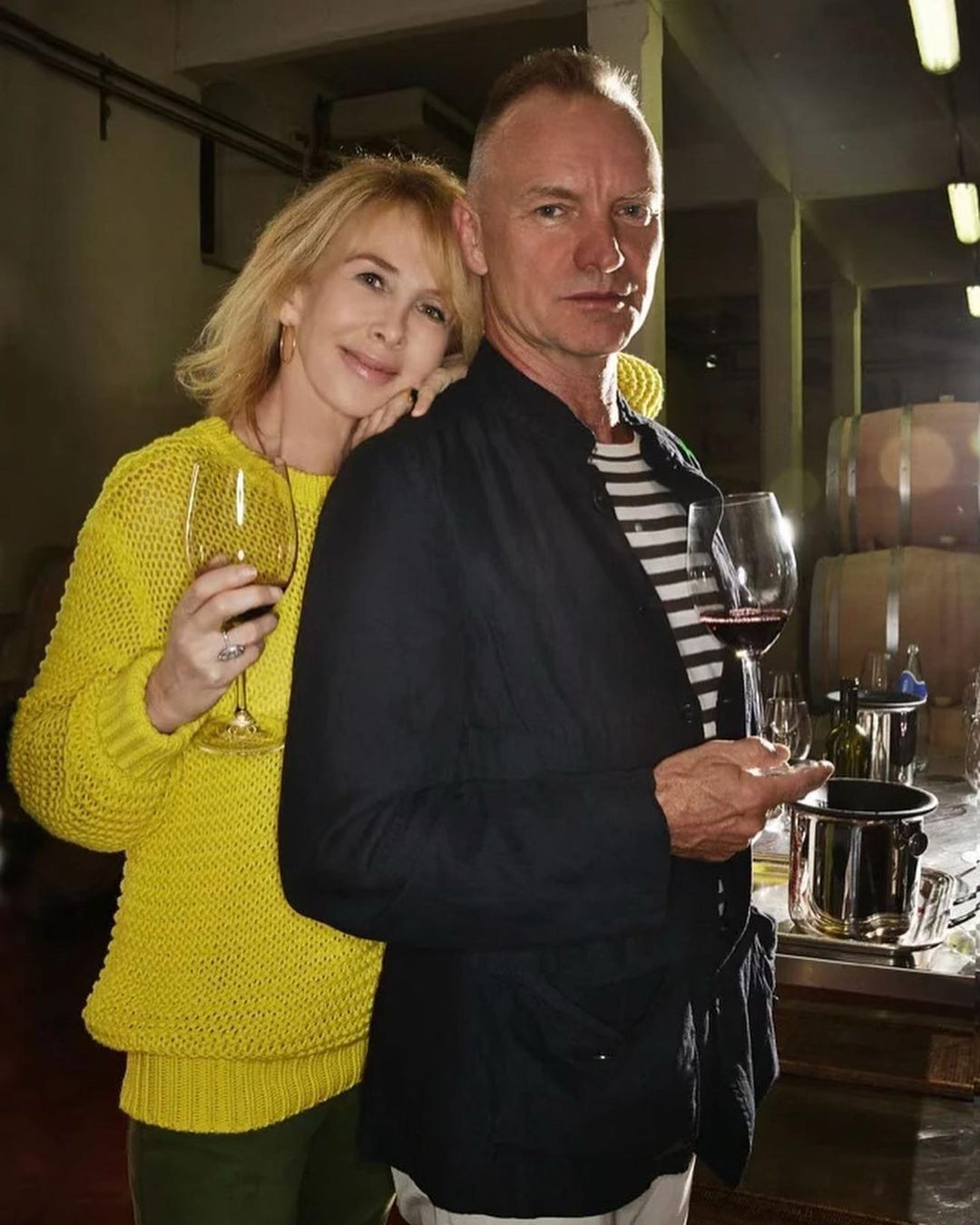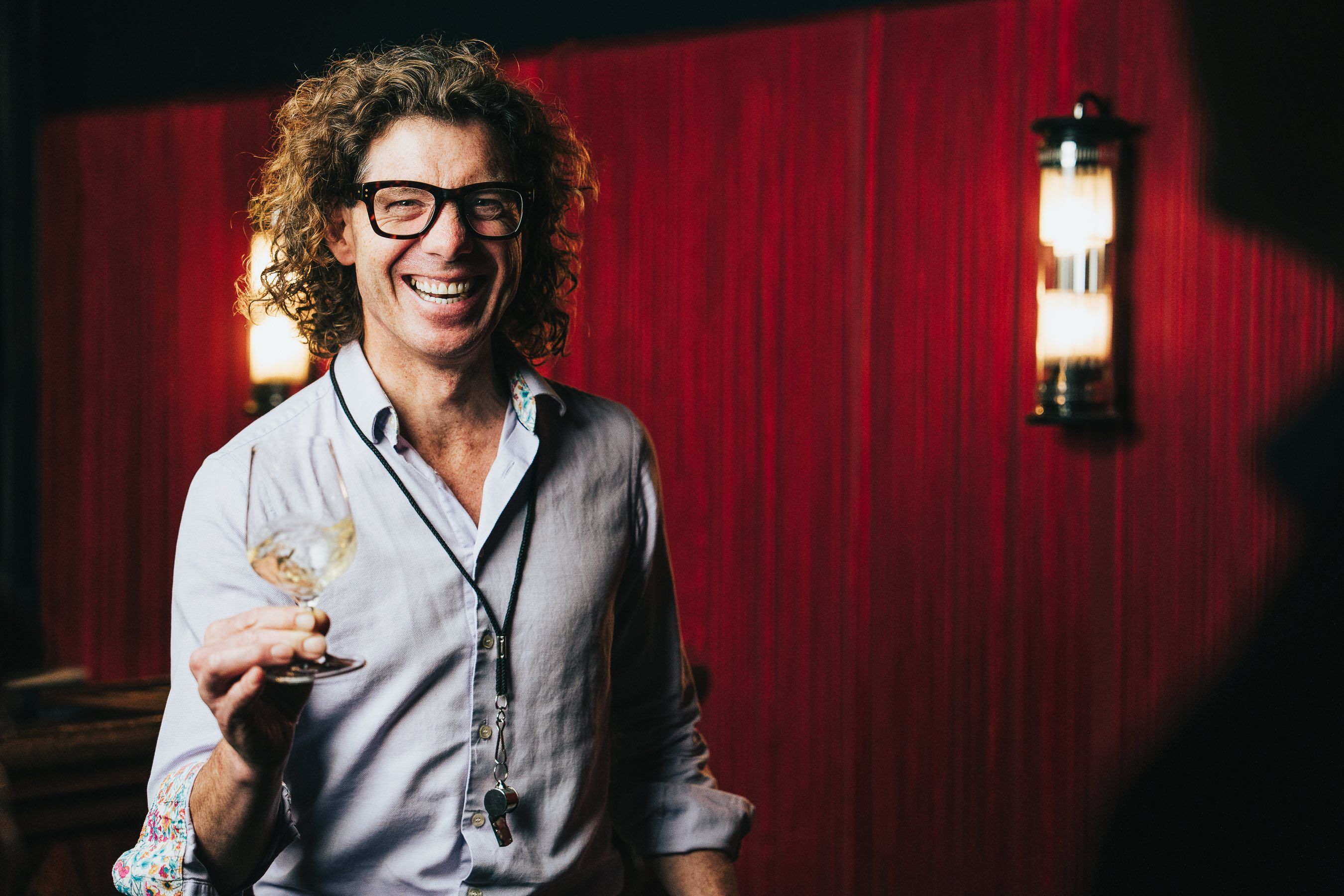Champagne Drappier, based around the village of Urville, has been making wine since 1808 and is renowned for its low and no dosage champagnes. So, who better to discuss the on-trend shift to ‘Brut Nature’ (aka zero dosage) than Charline and Hugo Drappier, both from the eighth generation of the family.
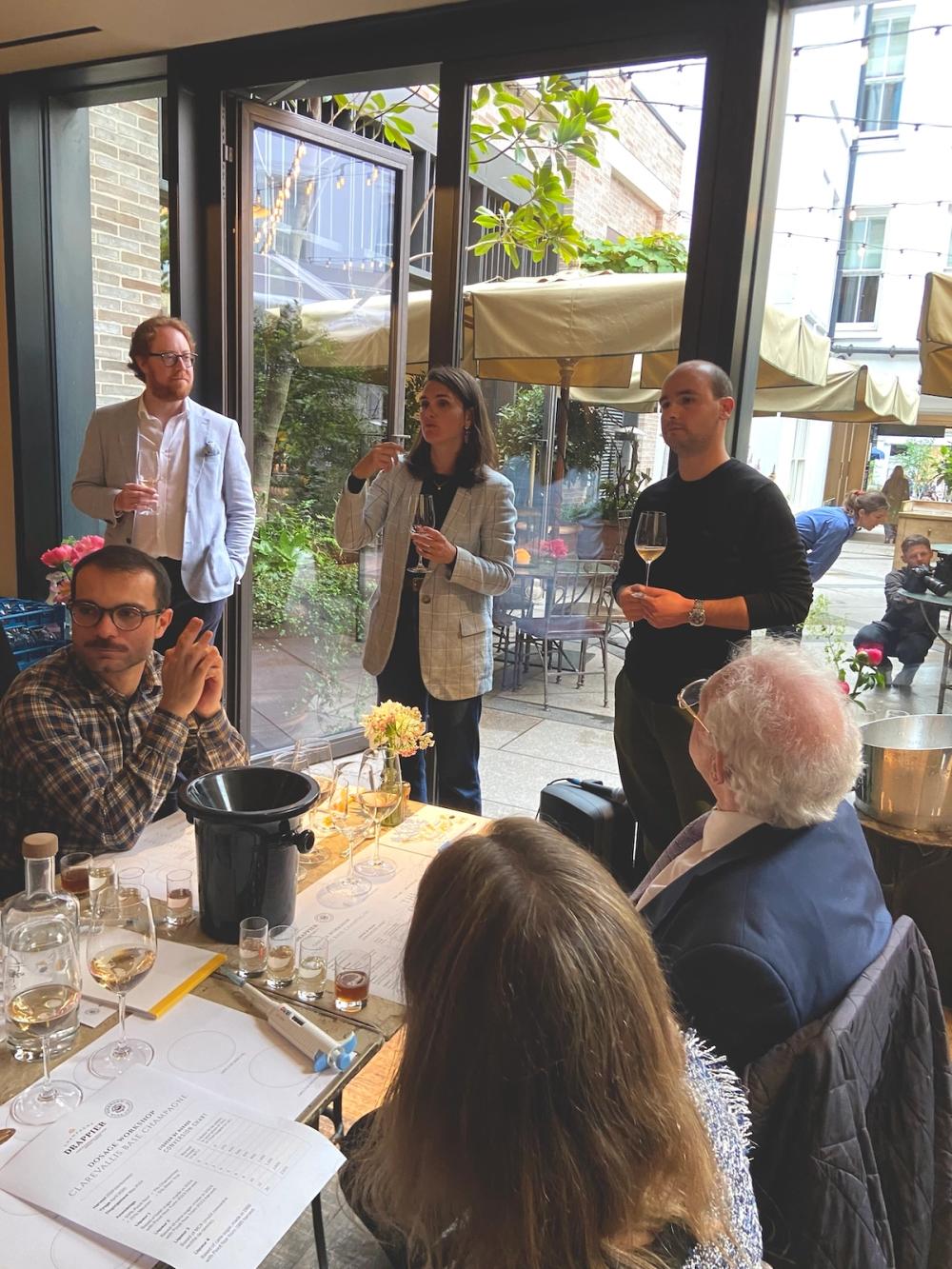
Alex Hunt MW, Charline and Hugo Drappier (l-r)
So, what’s dosage?
The session started by asking what exactly is dosage? Basically, it’s the sugar and wine-based liqueur de dosage put into the wine after disgorgement (and also serves to make up the volume once the lees are taken out). Zero dosage is exactly that – no sugar liqueur is added, only wine to make up the standard 75cl bottle volume after the void left by disgorgement. Any sugar in the champagne is just what’s residual from the wine itself and not added.
‘Brut Nature’ has less than three grams of sugar per litre. By comparison, ‘Brut’ champagne is less than 12 g/l, ‘Extra Brut’ is less than 6g/l, ‘Extra Dry’ 12-17 g/l, and Dry 17-32g/l.

Charline Drappier pouring the samples
First up to taste in the masterclass was Drappier’s own Brut Nature (100% Pinot Noir) a beautiful, distinctive, copper-coloured zero dosage fizz. Then a rare unfiltered zero dosage Pinot Gris called Trop m’en faut!. After that a comparison of different dosages ranging from zero, five, ten and up to twenty grams a litre, using as a standard base its Carte D’Or Champagne (85% Pinot Noir, 10% Chardonnay, 5% Meunier).
In each glass of Carte D’Or, nothing other than an increasing sugar content was changed. The gathered wine experts were then told to vote on their favourite – an intriguing challenge made all the more interesting by the fact that there was no general consensus.
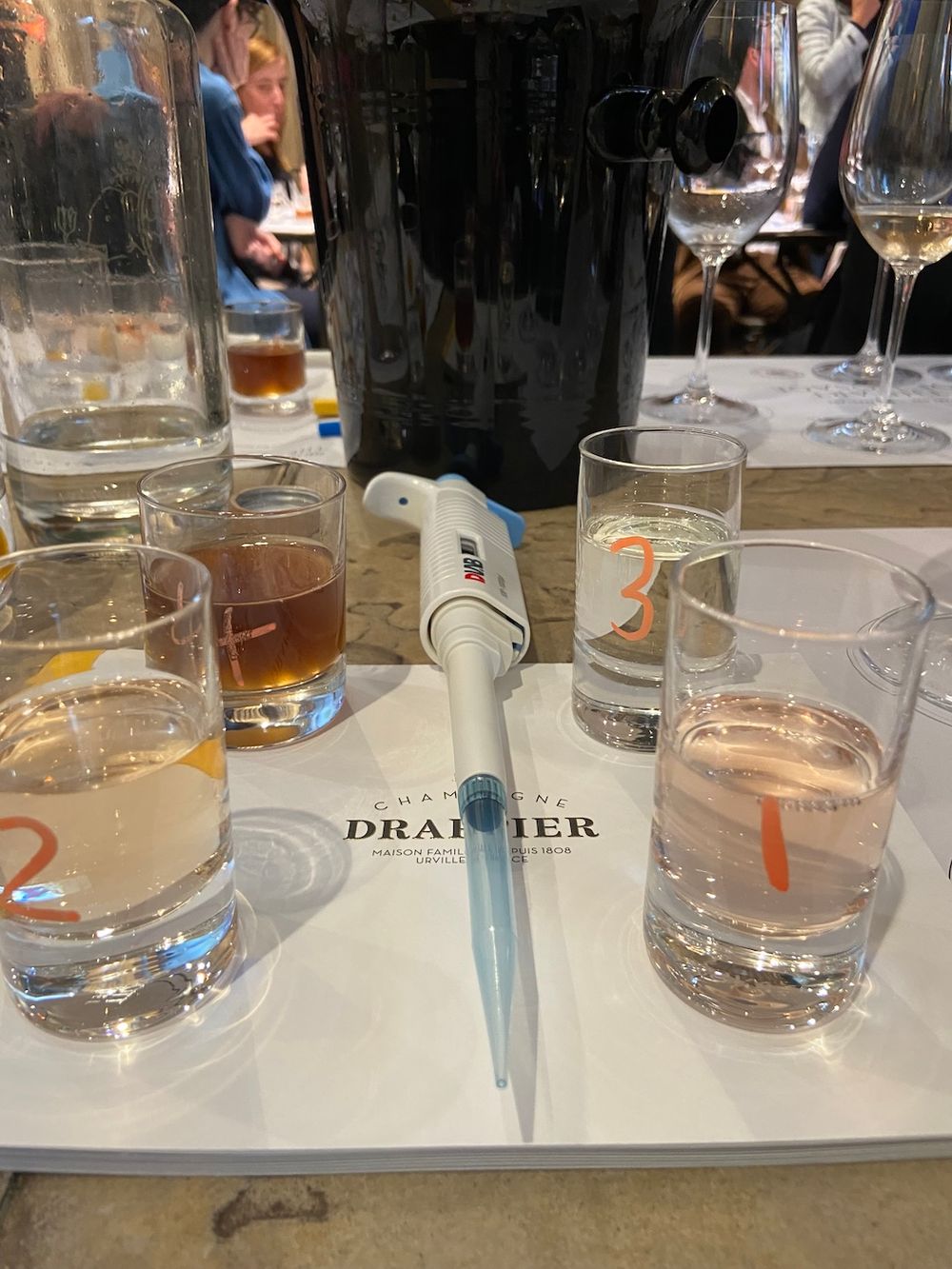
Dosage and the art of blending
There then followed a second part of the masterclass, a blending workshop. This provided an even more hands-on insight into winemaking. To understand the impact of dosages you must understand the influence that the composition, age, and quantities of dosage have on the final champagne.
It is often thought that the amount of dosage determines how sweet the finished wine will be. But Hugo Drappier explains that, in reality, it is more complicated. “Dosage doesn’t necessarily relate to the ultimate sweetness,” he explains, “Sometimes three grams per litre can taste more dry to the palate that zero dosage.” He added that a dosage of less than 3g/l most people can’t taste anyway and also that tasting is such an individual thing (as shown by everyone voting differently on their preferred dosage).
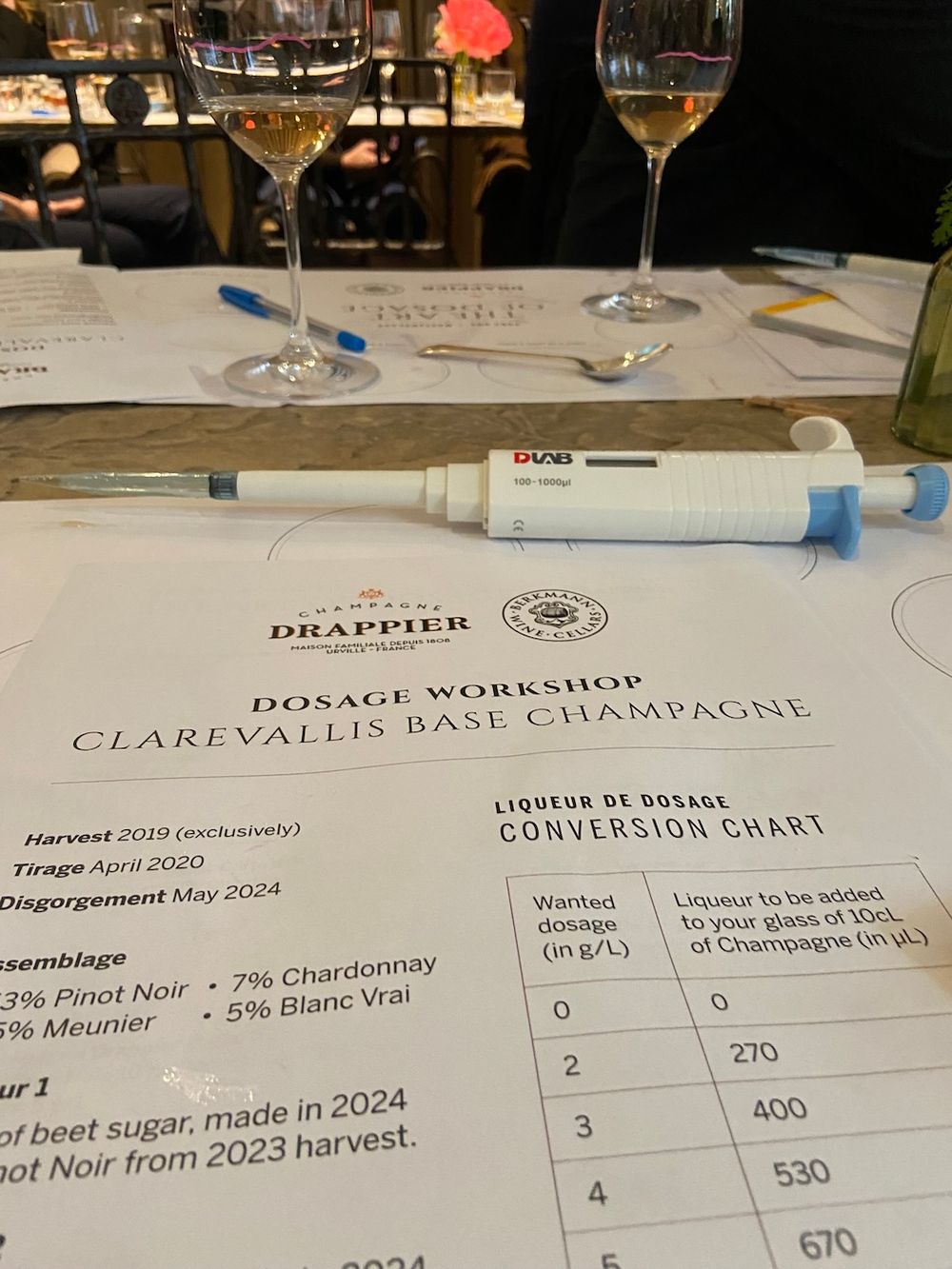
Let loose on blending, we tasters became winemakers. Here was the chance to try out different types of liqueurs and at different dosage levels using one base of Drappier’s freshly disgorged Clarevallis Base Champagne. We were armed with a pipette (which felt almost straight out of a school chemistry lesson) and four different dosage liqueurs. These were from beet sugar, cane sugar, an MCR base (moût concentré rectifié de raisins) and an utterly wonderful liqueur made from cane sugar with Pinot Noir in 1986.
Fashions change
Hugo and Charline explained how their grandfather, André Drappier now aged 97, still enjoys a half-a-bottle of champagne every day. In the 1950s and 60s, when he was growing up, 20 grams dosage was the norm, 20 or 30 years before that the fashion was to have much higher dosages. The masterclass tasters, by comparison, enjoyed mostly the more contemporary lower dosages which the 100% Pinot Noir is well suited to. Drappier’s Brut Nature was deliciously elegant and light.
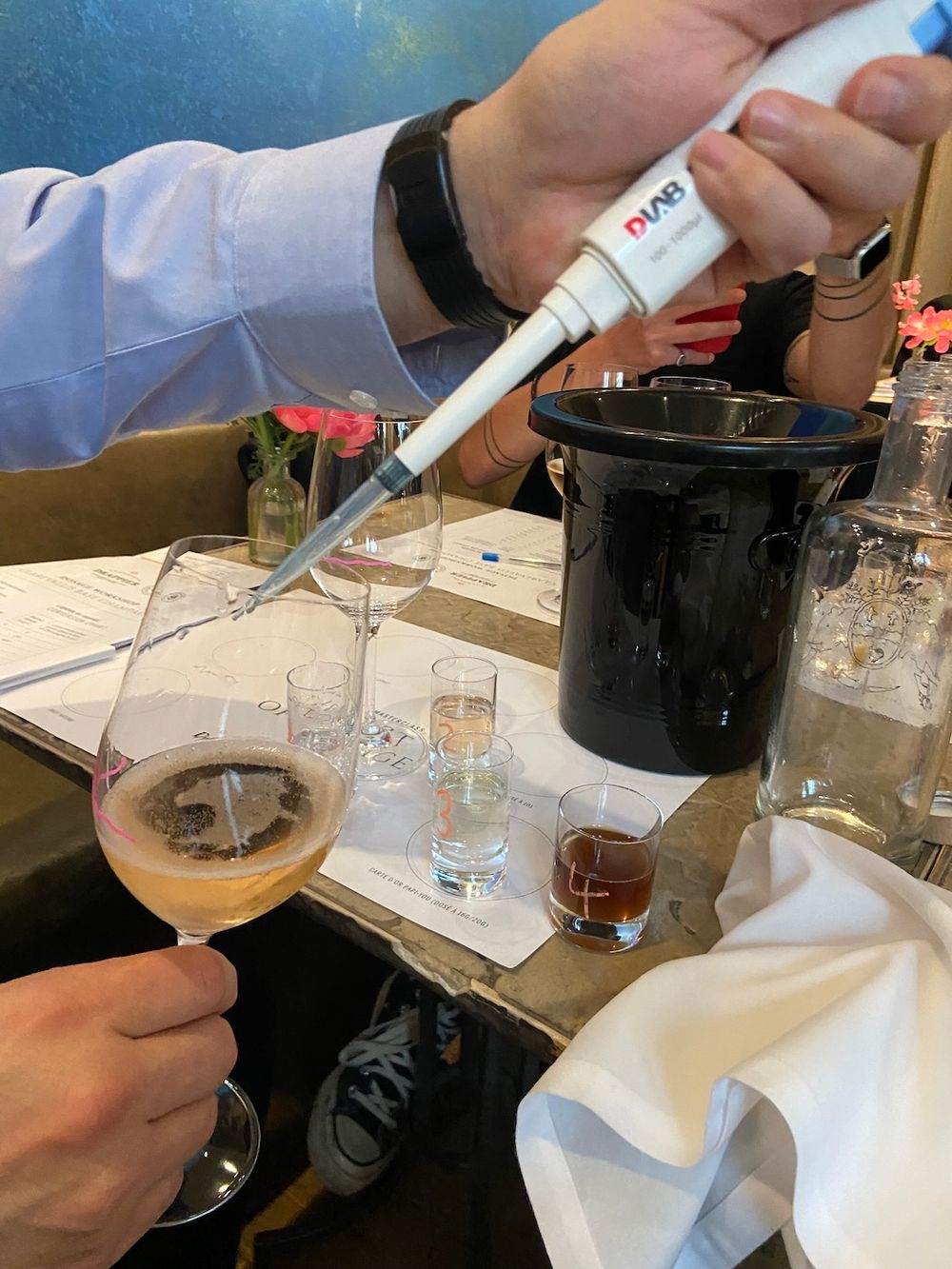
Experimenting with different dosages
We had freedom for lots of experimentation as we worked out what liqueur and what dosage we most rated.
“There’s no right or wrong answer,” Hugo explained. “Everyone will have their own personal view of what they find the most pleasing.”
All the fuss about dosage began with the British – that at least is what Victorian novelist Willian Makepeace Thackeray claimed: “Incomparably the best champagne is to be found in England. It is the most doctored, the most brandied, the most barley-sugared.…let us hail, honour and love it.” How fashions have changed!
What is most interesting is that the event gave even some seasoned writers on champagne their first hands-on chance to experiment with different dosages. Drappier made learning fun. Bravo!
Champagne Drappier Brut Nature and Brut Rose Nature are distributed in the UK by Berkmann.

